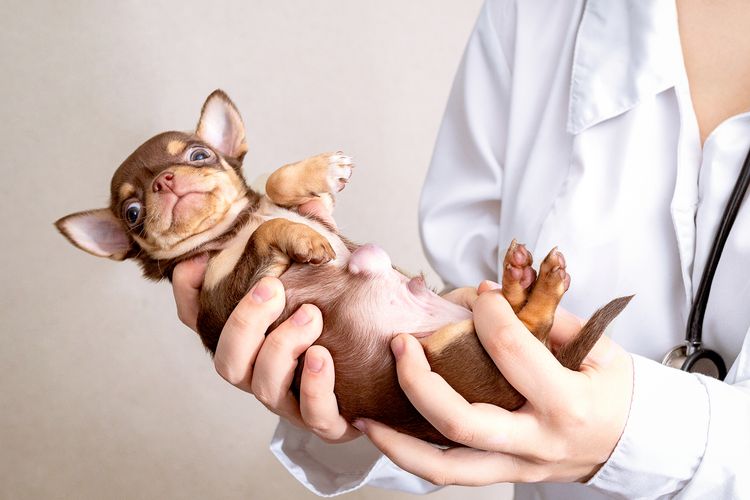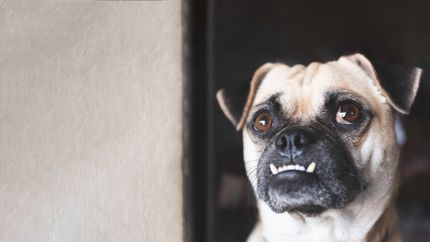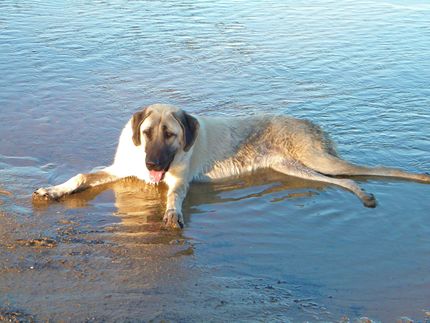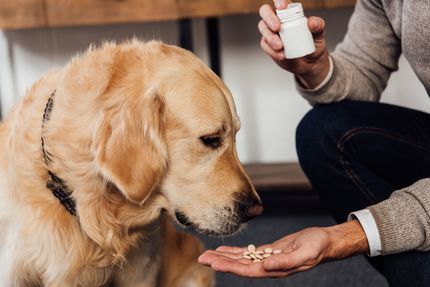Umbilical hernia in quadrupeds: identifying features, therapy and possible costs.
Not all dog boys and girls are perfectly healthy at birth.
Statistically, about 10% of all newborn puppies are diagnosed with an umbilical hernia. This can develop while the bitch is still pregnant and unfortunately sometimes has serious consequences for the little four-legged friend.
However, an umbilical hernia can also develop after birth. This article will detail the development of an umbilical hernia, its symptoms and possible treatments.
Basic knowledge: What exactly is an umbilical hernia?
An umbilical hernia can be observed in about one-tenth of all puppies. The main causes are usually a hereditary lack of firm connective tissue or an umbilical site that is too wide open.
If a protruding, soft area is felt on the puppy's abdomen, this could be a sign of an umbilical hernia. However, if this area is firm and warm, you should see a veterinarian immediately!
How does an umbilical hernia develop in dogs?
The cause of an umbilical hernia (also known as an umbilical hernia) can be a genetic predisposition to an umbilical site that is too wide open. Another factor is the presence of weak connective tissue.
As the puppy develops in the womb, it is supplied with nutrients through the umbilical cord. After birth, the mother cuts this cord, and usually the opening in the abdominal wall closes on its own. However, this is not always the case.
Symptomatology: How do I recognize umbilical hernia in my dog?
The main symptom of an umbilical hernia is a visible and palpable bump on the puppy's abdomen. This bump can vary depending on the posture of the dog.
An alarm signal is if the affected area is hard and warm, as this may indicate possible inflammation. In such cases, a veterinarian should be consulted urgently.
Therapeutic approaches: What to do if an umbilical hernia is detected?
An experienced veterinarian will decide if and how the umbilical hernia should be treated. It is possible that the prolapse will heal on its own. However, complicated cases may require surgery, which is usually performed routinely with a good chance of recovery.

Some myths busted: There is a belief that massages can help. But such self-treatments can aggravate the situation and should be avoided!
Is there a possibility of self-healing in puppies?
In some cases yes, but there is no guarantee. Therefore, it is essential to always consult a veterinarian in case of abnormalities.
When is surgery inevitable?
If the umbilical hernia persists after the puppy is six months old, surgery is usually necessary.
Cost factor umbilical hernia surgery
The cost varies depending on the state, the size of the surgery, and the health condition of the dog. The price range can be from 100 to 700 euros.
It is important to emphasize that although umbilical hernias are common in puppies and surgery is usually routine, they should not be ignored. In case of uncertainty or obvious symptoms, a veterinarian should always be consulted. It is better to be safe than sorry and put the well-being of your four-legged friend first.
Sources and relevant links
Nabelbruch bei Hunden - Prozentuell bei Geburt
Accessed on 05.09.2023















